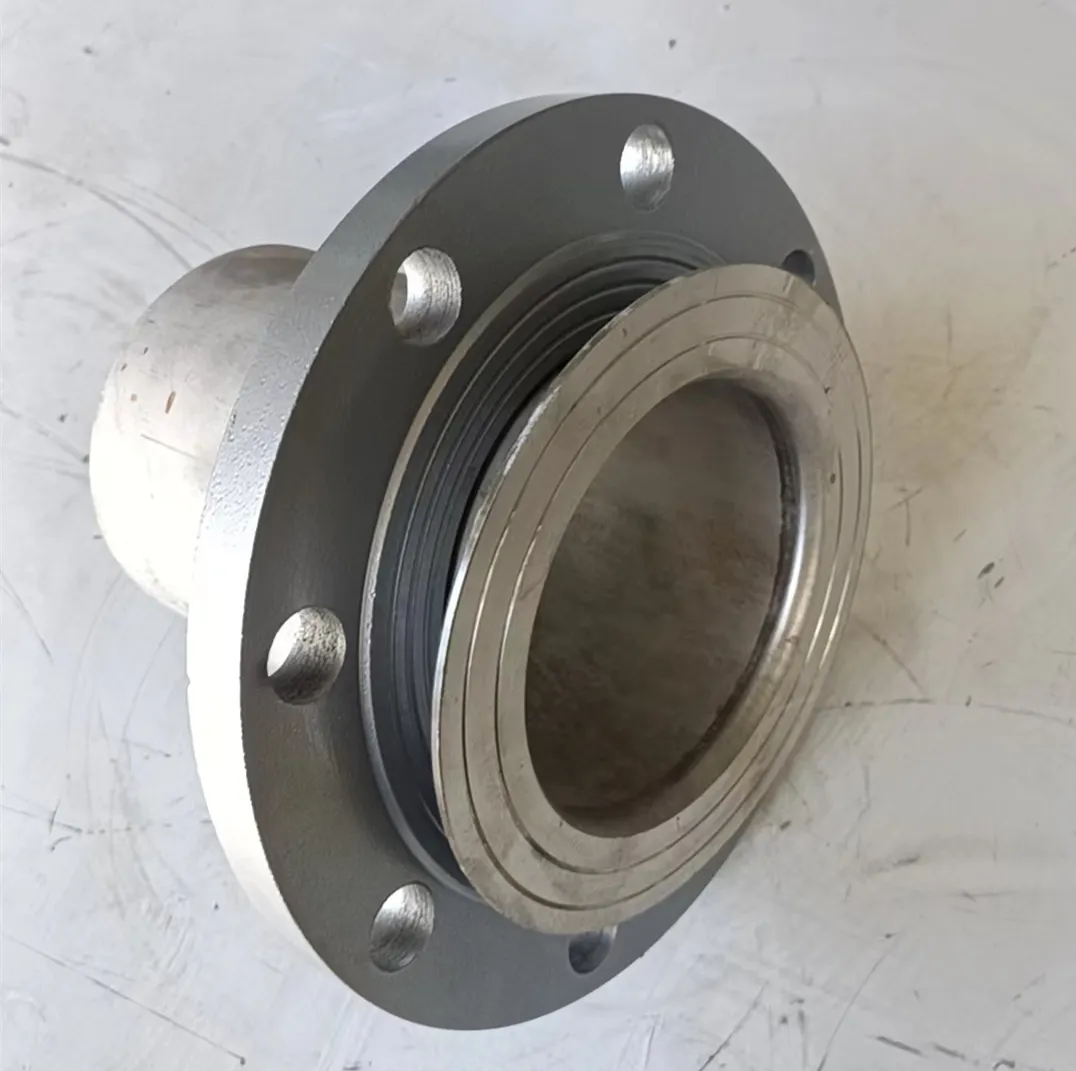loading...
- No. 9, Xingyuan South Street, Dongwaihuan Road, Zaoqiang County, Hengshui, Hebei, China
- admin@zjcomposites.com
- +86 15097380338
- Welcome to visit our website!
Enhancing Strength and Durability with Fiber Reinforced Plastic Rods in Various Applications
The Advantages and Applications of Fiber Reinforced Plastic Rods
Fiber reinforced plastic (FRP) rods have emerged as a pivotal material in various industries due to their exceptional strength-to-weight ratio, corrosion resistance, and versatility. Combining the inherent benefits of fibers with the durability of plastic, FRP rods are increasingly utilized in construction, automotive, aerospace, and several other fields. This article explores the properties, manufacturing processes, and various applications of fiber reinforced plastic rods.
What is Fiber Reinforced Plastic?
Fiber reinforced plastic is a composite material made from a polymer matrix reinforced with fibers, which can be glass, carbon, or aramid. The fibers provide the tensile strength, while the plastic matrix offers chemical resistance and protects the fibers from environmental damage. This synergy results in a composite that boasts remarkable mechanical properties, making it ideal for demanding applications.
Properties of Fiber Reinforced Plastic Rods
1. Strength and Lightweight One of the most significant advantages of FRP rods is their high strength-to-weight ratio. They are lighter than metals, which makes them easier to transport and install without compromising strength.
2. Corrosion Resistance FRP rods are inherently resistant to corrosion caused by chemicals or environmental elements such as moisture and salt. This property makes them an excellent choice for use in marine applications or environments where traditional materials would degrade quickly.
3. Flexibility The manufacturing process of FRP rods can be tailored to achieve different levels of flexibility and rigidity, allowing for customization based on specific application requirements.
4. Low Thermal Conductivity Unlike metal rods, FRP rods do not conduct heat, which can be advantageous in thermal insulation applications. They remain cooler to the touch in high-temperature environments.
5. Electrical Insulation FRP rods are non-conductive, making them suitable for use in electrical applications where grounding or electrical insulation is required.
Manufacturing Process of Fiber Reinforced Plastic Rods
The production of FRP rods typically involves several key steps
1. Material Selection Depending on the application, manufacturers choose the type of fiber (glass, carbon, or aramid) and the polymer matrix (epoxy, polyester, or vinyl ester).
fiber reinforced plastic rod

2. Preparation of Fibers The fibers are treated to enhance bonding with the resin. This may involve surface treatments or coatings.
3. Resin Application The prepared fibers are then impregnated with the resin. This can be achieved through various methods, including hand lay-up, filament winding, or pultrusion.
4. Curing Once the fibers are coated in resin, the material is cured. This process may involve heat and pressure to harden the composite and enhance its mechanical properties.
5. Cutting and Finishing After curing, the rods are cut to the desired lengths and may undergo additional surface finishing processes.
Applications of Fiber Reinforced Plastic Rods
1. Construction In the construction industry, FRP rods are utilized for reinforcing concrete structures, offering a lightweight alternative to traditional steel reinforcement bars. Their corrosion resistance enhances the longevity of structures, especially in harsh environments.
2. Automotive FRP rods are increasingly used in automotive applications, including body panels and structural components. Their lightweight nature contributes to fuel efficiency while maintaining structural integrity.
3. Aerospace The aerospace industry has long favored composites for aircraft components. FRP rods are employed in wings, fuselage sections, and other critical structures, helping to reduce weight without compromising safety.
4. Sports Equipment Manufacturers of sporting goods utilize FRP rods in equipment such as fishing rods, golf clubs, and bicycles, leveraging the material's strength and lightweight characteristics.
5. Marine Applications Due to their corrosion resistance, FRP rods are suitable for manufacturing boat components and dock structures, providing durability in saltwater environments.
Conclusion
Fiber reinforced plastic rods represent a significant advancement in material science, offering a combination of strength, lightness, and resistance to environmental degradation. As industries continue to seek out efficient and durable materials, the use of FRP rods is expected to expand, driving innovation and enhancing performance across various sectors. Their versatility and superior performance characteristics make them a preferred choice for modern engineering challenges.
-
The Rise of FRP Profiles: Strong, Lightweight, and Built to LastNewsJul.14,2025
-
SMC Panel Tanks: A Modern Water Storage Solution for All EnvironmentsNewsJul.14,2025
-
GRP Grating: A Modern Solution for Safe and Durable Access SystemsNewsJul.14,2025
-
Galvanized Steel Water Tanks: Durable, Reliable, and Ready for UseNewsJul.14,2025
-
FRP Mini Mesh Grating: The Safer, Smarter Flooring SolutionNewsJul.14,2025
-
Exploring FRP Vessels: Durable Solutions for Modern Fluid HandlingNewsJul.14,2025
-
GRP Structures: The Future of Lightweight, High-Performance EngineeringNewsJun.20,2025
